I am having the common issue in Firefox where event.target is undefined if you don't pass it in as an argument.
See these for reference:
jQuery event.target not working in firefox and IE?
javascript event.target not working in mozilla
I am trying to get the checkbox that was checked inside a select list to determine what action to take.
My select list has the id of #itemCategories
According to the chrome debugger, and IE, before adding event it gets the correct element.
But after adding the event parameter event.target becomes the select list and not the selected item.
So the question comes down to what is the correct code for grabbing the selected element in a select list across all three major browsers (Chrome/IE/Firefox)

